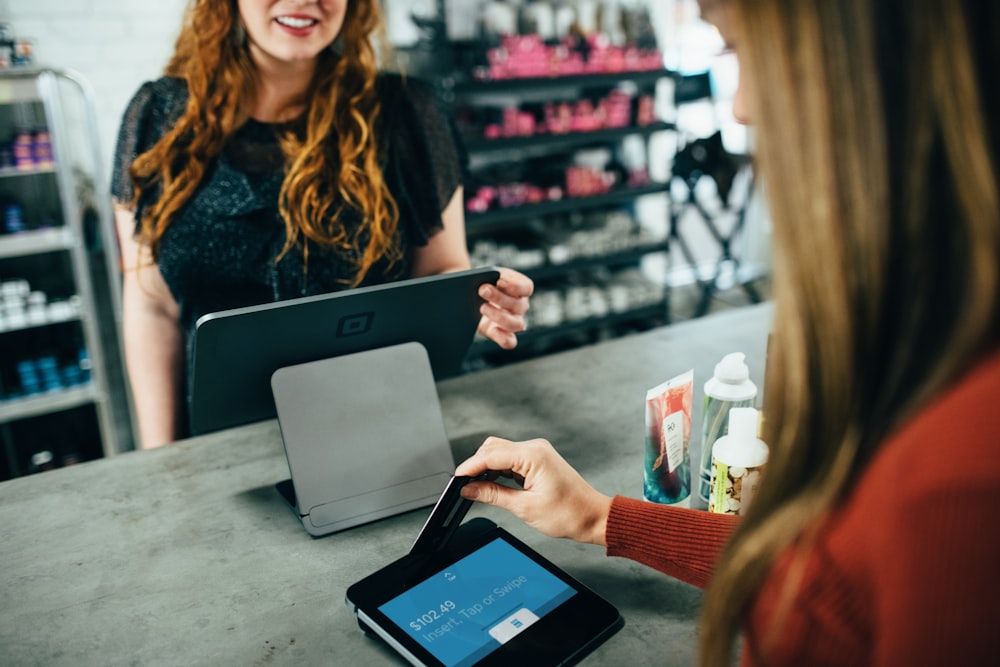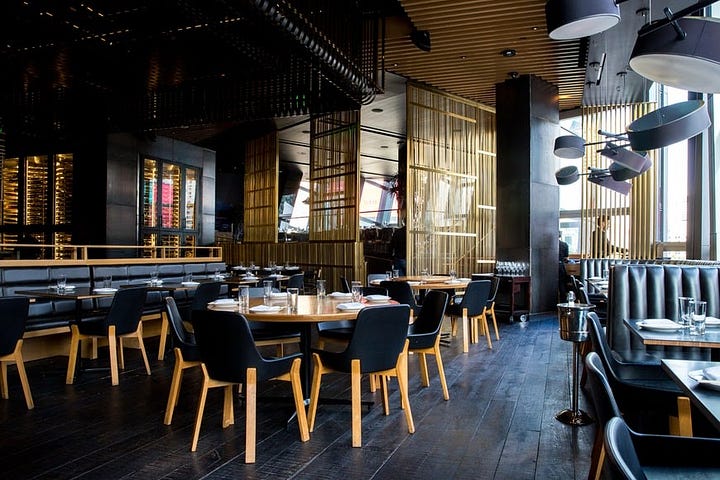
Customers are the core of any successful business. Without them, companies can’t prosper; they’re inextricably linked. To that end, businesses must build and maintain strong relationships with their customers to maximize their satisfaction.
There are several ways to communicate with customers, including advertising, social media, newsletters, and phone calls. The most important thing is to ensure that the system is effective. If not, there’s a possibility of losing out on potential customers and sales.
Here are some tips on how to build an effective system for communicating with customers in various ways:
Website
Having a website is every business’ necessity as it gives out details about the company, as well as a platform to showcase what the business can offer. A website is not only a great marketing tool, but it is also a great way to communicate with customers. Aside from being a communication tool, a website can also be used to provide customers with updates about the company. This is a great way to keep them in the loop, especially if there are any changes or new developments with your company’s products or services.
With a website, customers can easily get in touch with the business through the contact form or live chat feature. This is a convenient way for customers to reach out, especially if they have questions or concerns.
You can also incorporate a request demo or free trial form on your website. This is an effective way to get customers to try out your product or service before making a purchase. In addition, they can also learn more about your company and what you have to offer.
Email Marketing
Despite email marketing being one of the oldest forms of digital marketing, it still has proven itself as an effective tool for communicating with customers. In fact, traffic from email marketing campaigns has an average conversion rate of 4.29%. This is higher than any other digital marketing channel, including social media (1.95%), direct traffic (2.49%), and paid search (2.4%).
One way to utilize email marketing is to send newsletters to your customers. Newsletters are a great way to inform customers about upcoming sales or events, new products or services, or simply give them an update on what’s going on with your business. You can also use email marketing to send out coupons or discounts to encourage customers to purchase from your business.
Another way you can make an email marketing campaign is by sending out surveys to your customers. Surveys help you collect feedback about your products or services and allow you to make necessary changes to improve your business. You can also use surveys to learn more about your customers’ needs and wants so you can better tailor your products and services to them.
Social Media Marketing
When it comes to connecting with clients in this day and age, adopting social media may help your business acquire a larger reach. Platforms like Twitter and Facebook are excellent for both customer support and advertising your brand and product. Furthermore, these social media sites account for 33% of the time consumers spend online.
Here are some tips on how you can use social media to better communicate with your customers:
Be responsive. Customers appreciate it when businesses reply to their questions and complaints. Being responsive on social media demonstrates you care about your consumers and their interactions with your company.
Make use of direct messages. Direct messaging tools on social media sites, such as Instagram and Facebook, allow you to engage with consumers one-on-one. This is an excellent technique for addressing individual client problems.
Be proactive. In addition to replying to consumers that reach out to you, you should address proactively any concerns that may arise. Being proactive allows you to nip potential problems in the bud before they become major issues.
Create a social media policy. Having a social media policy in place will help to ensure that your employees are representing your brand in a positive light when interacting with customers on social media.
Customer Service

Whether you’re interacting with a first-time buyer or a long-time client, building a strong rapport is key to having a good customer relationship with them. This is where excellent customer service comes into the picture.
Customer service is the process of handling customer queries and complaints in a timely and efficient manner. It is an important aspect of any business, as it can help to build and maintain customer loyalty.
There are two types of customer service: online and face-to-face. No matter what kind of customer service you provide, certain elements are essential for an effective customer service system.
Well-trained Customer Service Team. Your customer service team is the face of your company since they interact with consumers daily. That is why you must teach your customer support representatives to be informed about your goods and services. They should also be able to manage consumer inquiries and concerns professionally and courteously.
Customer Feedback. This is a valuable tool for improving your customer service. Use consumer feedback to uncover areas where you may enhance your customer service. Make it a point to respond to consumer comments as soon as possible. This will show your consumers that you are committed to providing them with the greatest service available.
Availability. In today’s fast-paced world, customers expect businesses to be available 24/7. There are various ways to be available to your customers. You can use a live chat system on your website, have a customer service hotline, or use social media to interact with your customers.
Advanced Technology. There are various customer service software applications that can be used to automate your customer service process. This can help to save time and improve efficiency. It can also help you track and manage customer queries and complaints.
Customer Retention
Communicating and attracting customers through a mix of marketing, social media, and brand strategies can be daunting, especially when you’re a small or early-stage startup. How can you possibly keep up with the big boys?
The good news is, you don’t have to. Customer retention should be your number one priority, and there are a few key ways to keep your customers coming back for more. However, always remember that you have to look at your entire customer experience to improve customer retention. In this way, it’s not just about your product or service, but your brand as a whole.
There are helpful tips you need to keep in mind when making a successful customer retention strategy:
- Start with your current customer base
- Make it easy for customers to reach you
- Offer customer support
- Make sure your product or service is delivering on its promise
- Encourage customer feedback
- Use data to improve the customer experience
- Be proactive, not reactive
- Make sure your team is on board
Another way to enhance customer retention is by using an effective customer feedback system. One of them is Retention360, a retention solution that keeps your customers happy and coming back.
This system is built from scratch and tested many times to make sure that it’s working perfectly. It’s easy to install, and you can start using it within a few minutes. Moreover, it has a direct response tool that helps you to get in touch with your customers and resolve any issues that they may have.
How to Identify What System Works for You
Determine the target audience
Segment the customer base and identify the needs of each group. Once the target audience is identified, the next step is to determine the best method of communication. This will vary depending on the products or services being offered, the size of the target audience, and the resources available.
Create the message
The message should be concise, straightforward, and to the point. It should also be related to the products or services offered, as well as the demands of the target audience. It is critical to test the message once it has been produced before applying it. This may be accomplished by distributing it to a small group of people from the target demographic to gauge their reaction.
Implement the system
This involves making a plan for when and to whom the communication will be transmitted. It is also critical to have a system for tracking the results. This will help determine if the system is effective and makes any required improvements.
In closing
Having an efficient customer communication system supports the development of strong customer relationships, increases customer satisfaction, and may lead to increased sales and corporate success. It is critical to assess which form of communication system would be most effective for your consumers and business. There are several methods for communicating with clients, and the optimal approach will depend on the size and demands of your company.
With Retention360, you can manage all your customer communication in one place — phone, email, chat, and social media. Request a demo today and see how we can help you optimize your customer communication.























